Regarded as a pinnacle of Nepal’s Buddhist heritage, Buddha Stupa Nepal stands in Kathmandu as a revered symbol of spirituality. Believed to date back centuries, it embodies the devotion and architectural finesse of the region’s sacred traditions. Pilgrims and travellers alike visit for prayer, reflection, and cultural immersion. With its towering dome, colourful prayer flags, and intricate carvings, the stupa offers a glimpse into the profound spiritual identity of the nation. Today, it remains a key landmark, blending serene rituals with the vibrant life of Kathmandu’s bustling streets.
Quick Details About Buddha Stupa Nepal
Opening Hours: 6 AM to 6 PM (daily)
Nearby Eateries: Local tea shops, street vendors, cosy cafés
Entry Fee: Nominal fee for foreign visitors (concessions may apply)
Best Time To Visit: Early mornings for tranquillity, late afternoons for scenic light
Location
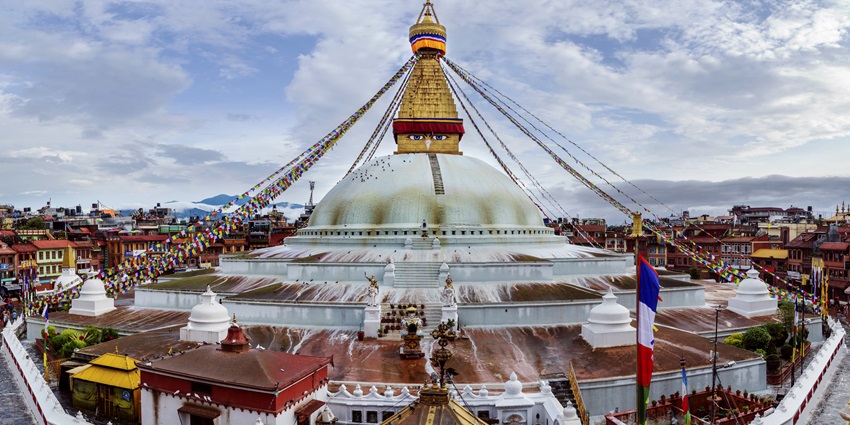
Photo: Bijay Chaurasia / Wikimedia Commons
Buddha Stupa Nepal is centrally located in Kathmandu, easily reached from popular tourist areas like Thamel and Durbar Marg. Encircled by narrow streets and colourful markets, the stupa stands as a tranquil oasis in the midst of the city’s vibrant energy. Its position near other historical sites makes it a convenient stop on any cultural itinerary. Visitors can stroll through local shops and observe daily life before entering the serene stupa grounds. This interplay of urban bustle and sacred calm highlights the unique character of Kathmandu’s heritage.
How To Reach

Photo: Jonathan Borba / Unsplash / Image For Representation Only
Travellers can access Buddha Stupa Nepal through various modes of transport. Local buses connect major parts of Kathmandu to the stupa’s vicinity, providing an affordable option. Taxis and rideshares offer direct routes, though fares may vary with traffic. Adventurous visitors might choose to rent a bicycle or motorbike, enjoying a closer look at the city’s lively streets. Organized tours often include stops at the stupa, ensuring a hassle-free journey. Whether you opt for public transit or a private ride, reaching this sacred landmark is a straightforward and enriching experience.
Things To Do In Buddha Stupa Nepal
1. Explore The Stupa Architecture
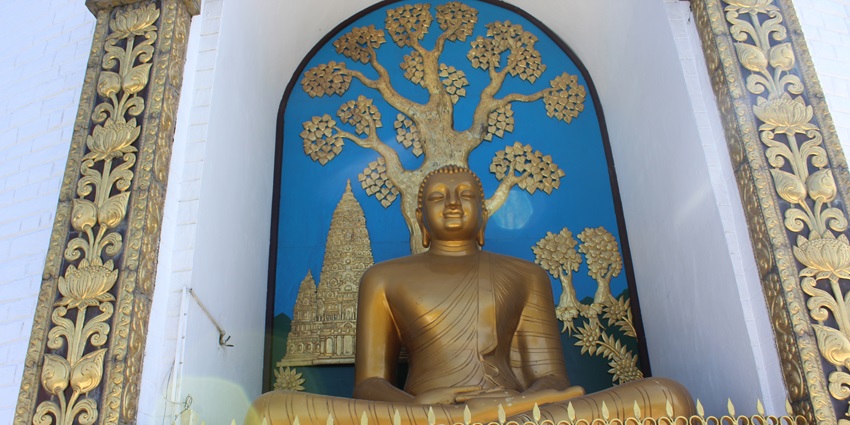
Photo: Nabin845 / Wikimedia Commons
The stupa’s grand dome, ornate prayer wheels, and vivid murals exemplify Nepal’s long-standing Buddhist traditions. Visitors can walk around the circular base, observing the stupa’s structural elements and symbolic motifs that reflect spiritual beliefs. Detailed stone carvings and colourful frescoes showcase the craftsmanship passed down through generations. Photography is permitted in most areas, allowing you to capture the essence of this revered site. Early morning or late afternoon visits offer soft light and fewer crowds, making the experience more intimate.
Top Attractions: Study intricate carvings, walk the perimeter, snap memorable photos
2. Spin The Prayer Wheels

Photo: Tim van Kempen / Unsplash / Image For Representation Only
Prayer wheels, a hallmark of Buddhist practice, encircle sections of the stupa with inscriptions of sacred mantras. Devotees believe that spinning these wheels releases blessings and accumulates spiritual merit. Visitors are encouraged to participate by turning the wheels clockwise, reflecting on their personal intentions as they do. This ritual provides a tangible connection to Buddhist teachings and fosters unity among pilgrims and casual onlookers. The rhythmic movement of the wheels, enhanced by soft chanting, creates a serene and contemplative atmosphere ideal for meditation and introspection.
Top Attractions: Turn prayer wheels, reflect quietly, embrace cultural rituals
3. Observe Ritual Offerings
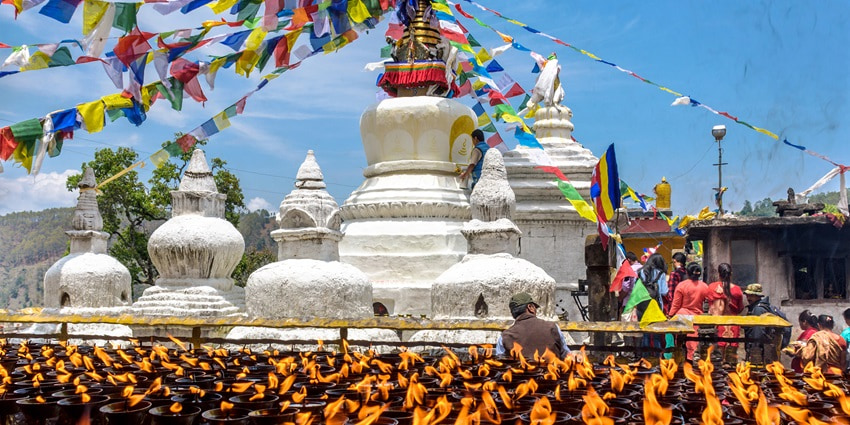
Photo: Creepanta / Wikimedia Commons
Throughout the day, worshippers arrive bearing offerings of flowers, incense, and butter lamps. Observing these rituals offers insights into the depth of devotion that sustains the stupa’s spiritual legacy. Monks often chant prayers, guiding communal ceremonies that blend ancient traditions with modern life. Visitors may respectfully join by lighting incense or placing flowers at designated altars, immersing themselves in a moment of shared reverence. The harmonious interplay of colour, fragrance, and rhythmic chanting creates an atmosphere of calm reflection and cultural understanding.
Top Attractions: Watch ceremonies, offer incense, appreciate local customs
4. Enjoy Panoramic Views
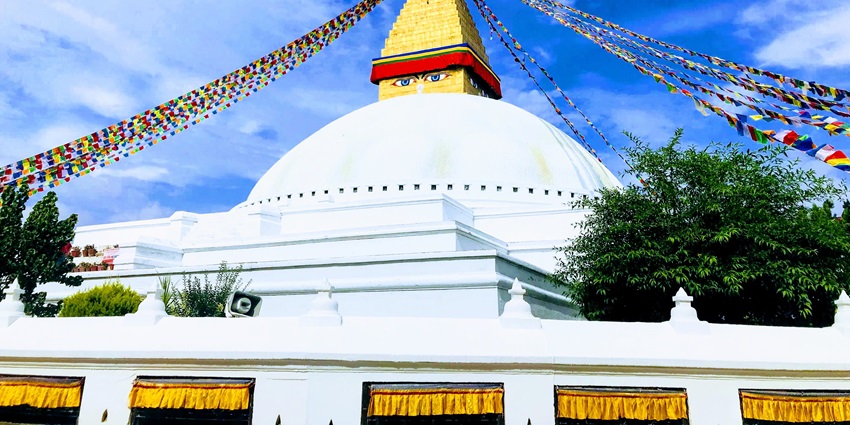
Photo: Sumitbhatt222 / Wikimedia Commons
Some sections around the stupa’s upper levels provide vantage points for panoramic views of Kathmandu. From here, the city’s patchwork rooftops, rolling hills, and distant peaks form a striking backdrop to the stupa’s golden spire. These vistas offer a contrasting perspective, where ancient devotion meets bustling urban life. Photographers can capture stunning images at sunrise or sunset when soft light accentuates the area’s timeless beauty. Pausing at these overlooks encourages a deeper appreciation of the stupa’s enduring presence within the ever-evolving cityscape.
Top Attractions: Capture skyline photos, pause for reflection, admire city contrasts
5. Sample Local Street Food
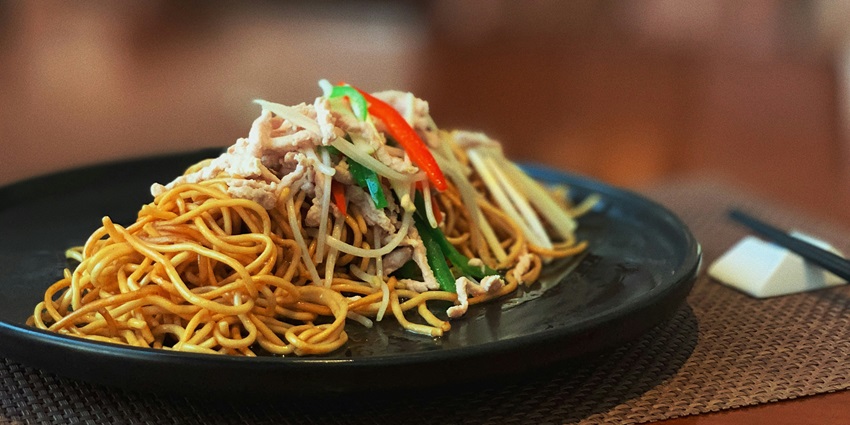
Photo: Hanxiao Xu / Unsplash / Image For Representation Only
Just beyond the stupa’s perimeter, vendors offer a variety of local snacks and traditional treats. Steaming momo dumplings, fragrant spiced teas, and sweet desserts draw both pilgrims and tourists. Sampling these culinary delights provides a window into Nepal’s diverse food culture, highlighting the region’s blend of flavours and influences. Many stalls are family-run, adding a personal touch to each serving. Whether you’re seeking a quick bite or a leisurely taste test, the street food scene around Buddha Stupa Nepal enriches your visit with authentic local experiences.
Top Attractions: Try momos, sip masala tea, support local vendors
Places To Visit Near Buddha Stupa Nepal
1. Swayambhunath Temple
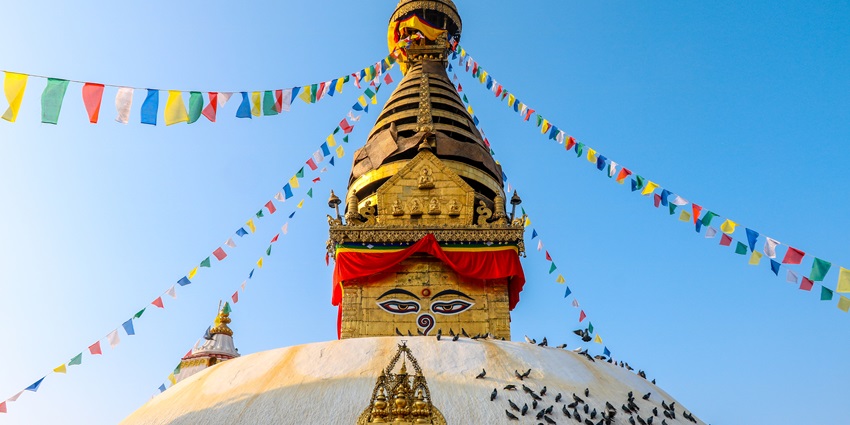
Photo: Nirmal Dulal / Wikimedia Commons
Swayambhunath Temple, one of Kathmandu’s oldest religious sites, sits atop a hill offering panoramic city views. Known as the Monkey Temple, it boasts a grand stupa adorned with colourful prayer flags and lively resident monkeys. The temple uniquely blends Buddhist and Hindu elements, reflecting Nepal’s multicultural spirit. Visitors can climb steep steps to discover intimate shrines, ancient carvings, and elevated vantage points overlooking the Kathmandu Valley. Its rich history and vibrant atmosphere make Swayambhunath a must-visit landmark for cultural and spiritual exploration. A visit here promises an unforgettable cultural experience.
Things To Do: Climb the steps, photograph city views, observe playful monkeys
2. Pashupatinath Temple
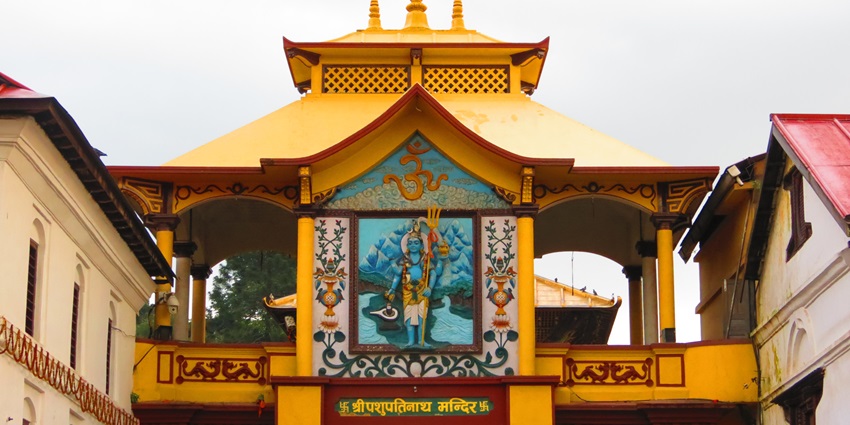
Photo: Harry Paudyal / Wikimedia Commons
A UNESCO World Heritage Site, Pashupatinath Temple is a major Hindu pilgrimage destination along the Bagmati River. Though primarily associated with Hinduism, it offers a profound glimpse into Nepal’s broader spiritual tapestry. Visitors can witness daily worship ceremonies, sacred cremation rites, and vibrant religious festivals. The temple complex showcases ornate architecture, stone sculptures, and lively courtyards filled with sadhus (holy men). While some areas are restricted to Hindus only, the surrounding grounds provide ample opportunity for cultural immersion and respectful observation.
Things To Do: Observe ceremonies, explore courtyards, learn about Hindu traditions
3. Thamel District
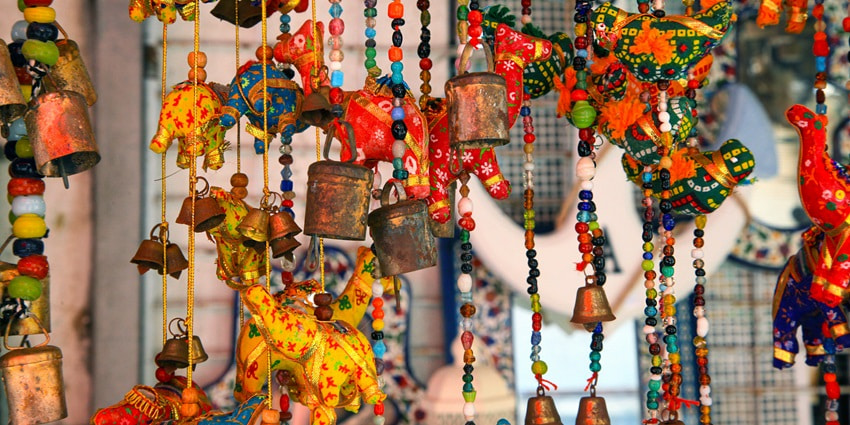
Photo: Tamara Malaniy / Unsplash / Image For Representation Only
Thamel is Kathmandu’s vibrant tourist hub, offering a lively contrast to the serenity of Buddha Stupa Nepal. Its narrow, winding alleys are filled with eclectic shops selling handicrafts, trekking gear, and unique souvenirs. Cafés and restaurants serve a mix of international and local cuisine, making it a popular spot for travellers seeking diverse culinary experiences. Live music venues, bookstores, and art galleries further enhance Thamel’s cultural richness. A stroll through its bustling streets reveals the modern face of Kathmandu, where ancient heritage blends seamlessly with a dynamic, contemporary lifestyle.
Things To Do: Shop local crafts, sample global fare, enjoy live music
Where To Stay
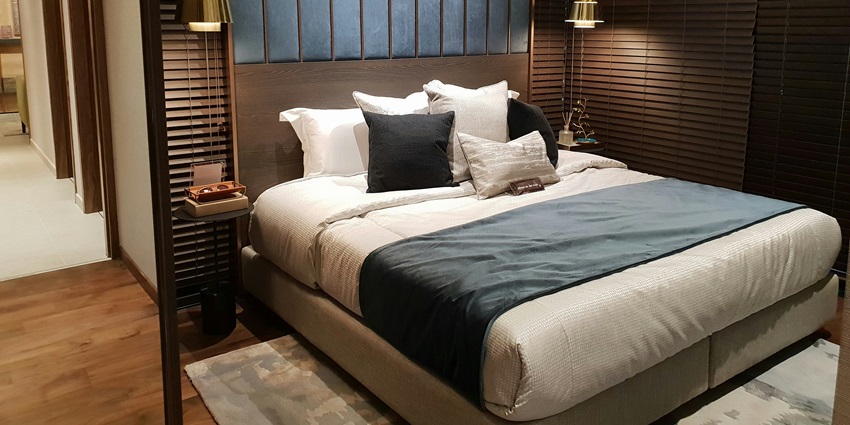
Photo: mark champs / Unsplash / Image For Representation Only
Accommodation near Buddha Stupa Nepal includes budget hostels like Swayambhu Lodge, mid-range hotels such as Kathmandu Heritage Inn, and boutique guesthouses like the Peaceful Buddha Guest House. Many of these properties offer clean, comfortable rooms with modern amenities including Wi-Fi and hot showers while preserving a distinctly Nepali aesthetic with traditional decor and local art. Some establishments feature rooftop terraces or charming courtyards with views of the stupa, enhancing the spiritual ambience of your stay. Located near markets, temples, and public transit hubs, these options provide an ideal base for exploring Kathmandu. Advanced booking is recommended during peak travel seasons.
Where To Eat
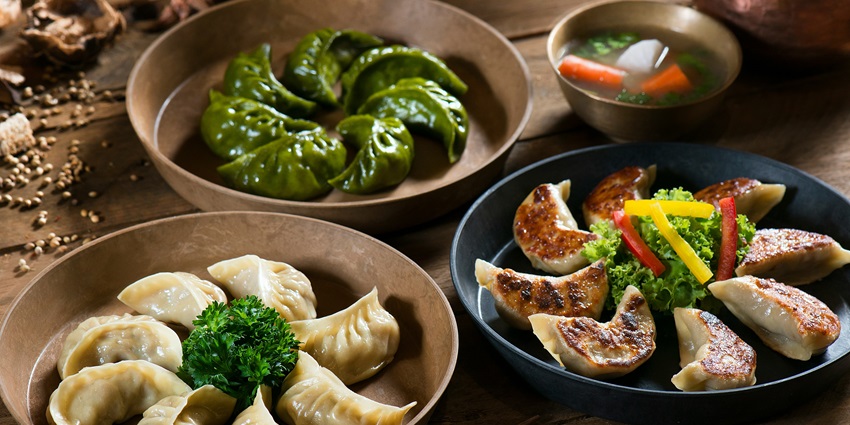
Photo: Abhishek Sanwa Limbu / Unsplash / Image For Representation Only
Swayambhu Café, located just a short walk from Buddha Stupa Nepal, offers an array of traditional Nepali meals such as dal bhat and momo. Next, Nepal Tadka provides a blend of spicy curries and freshly baked naan in a warm setting. For a quick bite, visit Buddha Bite Bakery, known for its delicious pastries and artisanal bread. Additionally, Skyline Diner serves international cuisine with a local twist and offers scenic views of the stupa. These diverse dining venues ensure every visitor enjoys a memorable culinary experience.
Other Factors To Consider
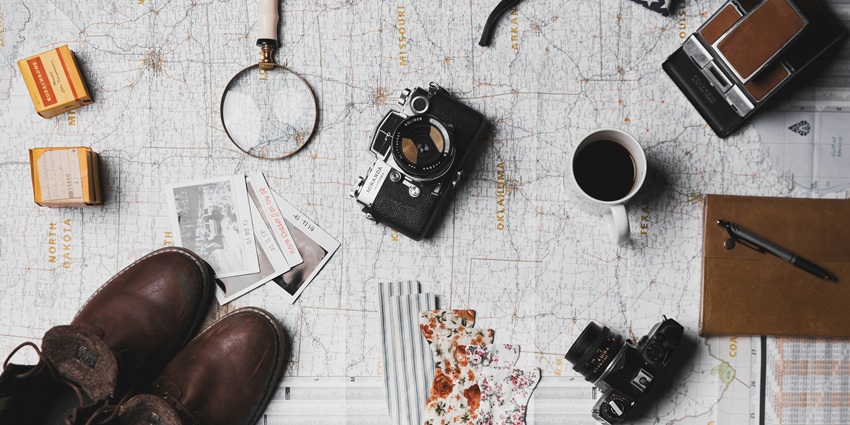
Photo: ian dooley / Unsplash / Image For Representation Only
Tips For Travellers
- Plan sufficient time to fully experience Buddha Stupa Nepal’s spiritual allure.
- Arriving early or late in the afternoon can help avoid crowds and enjoy cooler temperatures.
- Wear sturdy shoes to navigate the stupa’s steps and surrounding alleys.
- Engage with local guides for deeper historical insights and language assistance.
- Kathmandu’s climate varies greatly, with hot summers and chilly winters, so it is wise to dress in layers.
- Respect local customs by removing shoes in sacred areas and dressing modestly.
- It is recommended to carry small bills of Nepali rupees for purchases at street vendors and local shops.
The Buddha Stupa Nepal is more than just a magnificent structure—it is a spiritual and cultural landmark that embodies peace, harmony, and devotion. As one of the largest stupas in the world and a UNESCO World Heritage Site, it attracts thousands of pilgrims and travellers seeking serenity and insight into Tibetan Buddhism. Plan your trip with TripXL and get ready to experience the charm of this gem.
Cover Photo: Sunil Nepali / Pexels


 WhatsApp
WhatsApp
 Twitter
Twitter









